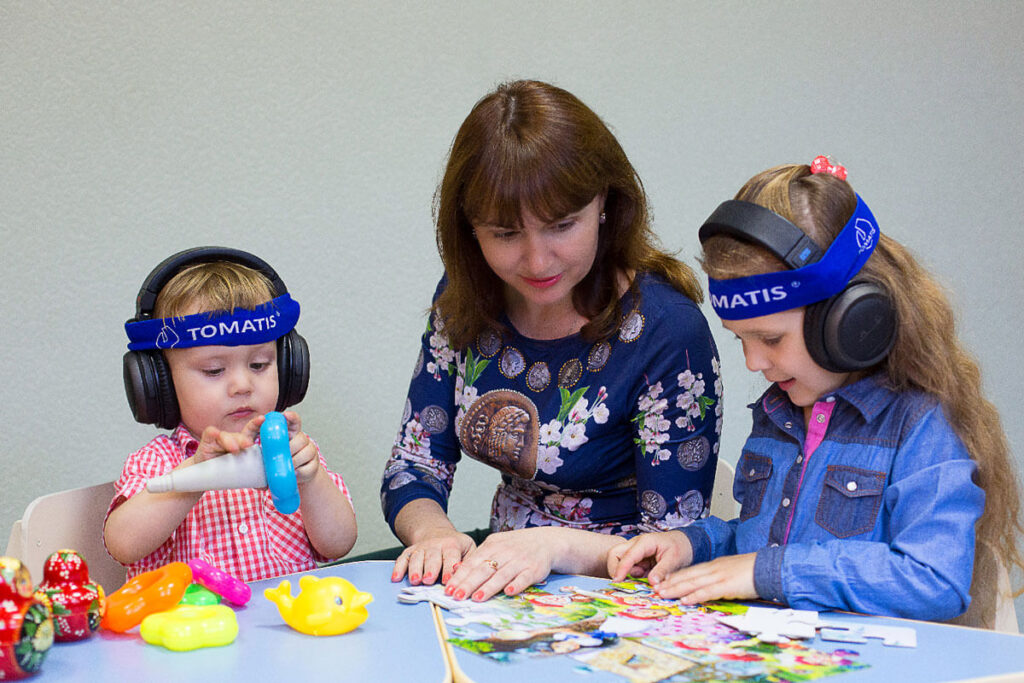By stimulating the auditory system, the Tomatis® Method helps resolve hearing difficulties. This method is implemented using a special device, which operates by playing filtered music at low frequencies to stimulate the auditory response. The device is used via headphones placed on the ears, and the frequency levels are adjusted under the guidance of a specialist.
The application scope of the Tomatis® Method is quite broad. Primarily, it is an effective approach for developing language skills. Children who have hearing or perception difficulties can improve their language abilities through the Tomatis® Method, thereby enhancing their speech and communication skills. Furthermore, it has positive effects on children with learning difficulties. The Tomatis® Method facilitates the learning process by improving comprehension and cognitive understanding.
This method can also help in coping with stress and anxiety. Stress may adversely affect the hearing system, which in turn can hinder healthy auditory function. By supporting auditory system regulation, the Tomatis® Method reduces stress and contributes to greater relaxation. Additionally, it is employed for individuals with Attention Deficit Hyperactivity Disorder (ADHD). Through this method, attention span and concentration can be increased, helping to alleviate ADHD symptoms.
Music supports the development of the auditory system while also stimulating brain activity. The Tomatis® Method enhances auditory ability through musical stimuli, allowing individuals to perceive music more accurately. In addition, through music-based therapy, it supports individuals with emotional or psychological difficulties in feeling better.
In conclusion, the Tomatis® Method is a technique used for people with hearing and perceptual difficulties. It is effective in language skill development, and additionally shows positive impacts in combating stress, ADHD, and other psychological challenges. By stimulating both hearing and brain activity, it enables individuals to better perceive music and addresses a wide range of auditory issues.
